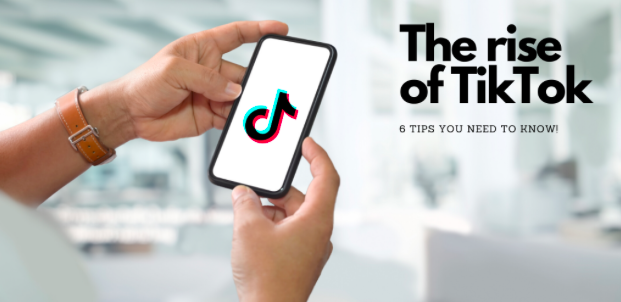By Grace Gilani
As the world and everyone in it begins to adjust to this “new normal,” brands need to remember exactly who their audience is, and how they can stay true to not only themselves as a company, but to their loyal customers. A brand that they have without a doubt worked tirelessly on to build from the beginning.
Since the beginning of the pandemic, audiences alike have seen brands stray from their key messages, oftentimes to stay up on current issues, and continue to be relevant. An example of this would be a clothing brand posting an article or a blog post about new technological advances concerning the pandemic. Not only does this brand have no business discussing this topic, but their audience also is not there to hear their opinion on technology; they’re there to hear about the latest fashions.
“When people are presented with a reduced choice of service, previous experience comes into play and we tend to stay loyal to brands that gave us value in the past,” Alun Davies said.
During these unprecedented times, it is understandable that some companies may be struggling with how they can help or get involved. Here are some tips as to how your brand can use the right voice and messaging to keep their audiences engaged and safe through the pandemic.
1. Create a relationship with your consumers
I bet we can all relate to coming in contact with a robot when your intention was to talk to a live human being, and this hasn’t changed during COVID 19. Consumers want to feel like they can have a relationship with customer service, a human voice, that they relate to and be friendly with.
By doing this, this cuts out the anxiety a customer might be feeling regarding the pandemic. More often than not, your consumers will notice that your brand values their business more than another company who simply dealt with them at their convenience.
2. Stay true to yourself and your brand
It’s no shock that this pandemic has lasted much longer than anyone had originally anticipated, and therefore, brands will need to stick to what they know, because it’s worked so far!
Obviously moving marketing and everything else online was stressful, however, you shouldn’t have to change what your brand represents or who it is tailored towards just to stay relevant. You want your customers to really feel like they know what your brand is about, and that through thick and thin, you will be the one thing in their life that stays consistent.
A perfect example of straying from your core message and confusing your audience is the commercial for Progressive Insurance that was released during the beginning of the pandemic. The ad featured all the well-known Progressive characters, but the brand had strayed from their core message. If you were unaware who Flo and Jamie were, you would have no idea that they were trying to sell you car insurance. This is a perfect example because Progressive simply wanted to catch the trend before everyone else.
My advice is, don’t change who you are just because of this “new normal.” Eventually, this time we have spent cooped up in our homes will have ended, and at the end of the day, do you want to change your marketing strategy AGAIN to fit back into the normal (post-COVID) world?
3. Learn together with your customers
Finally, and most importantly, come together with your audience to hear what they have to say. You could think a campaign you put together was the best you’ve ever made, when some of your consumers could feel as if you missed the mark. I believe that in this predominantly digital age it is normal to get feedback, and adjust your strategy like that. You can let your audience have a say while still upholding your beliefs and values.











